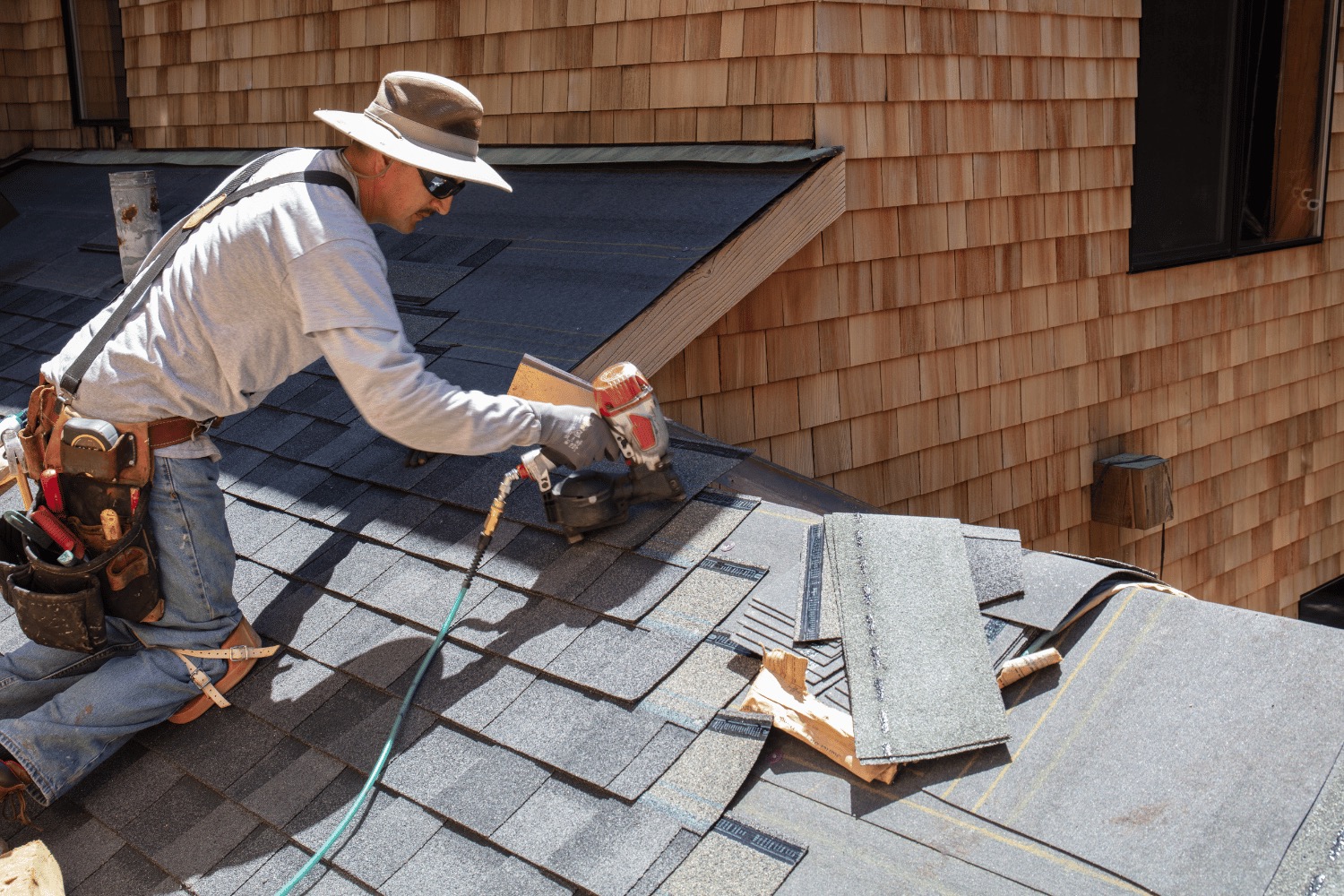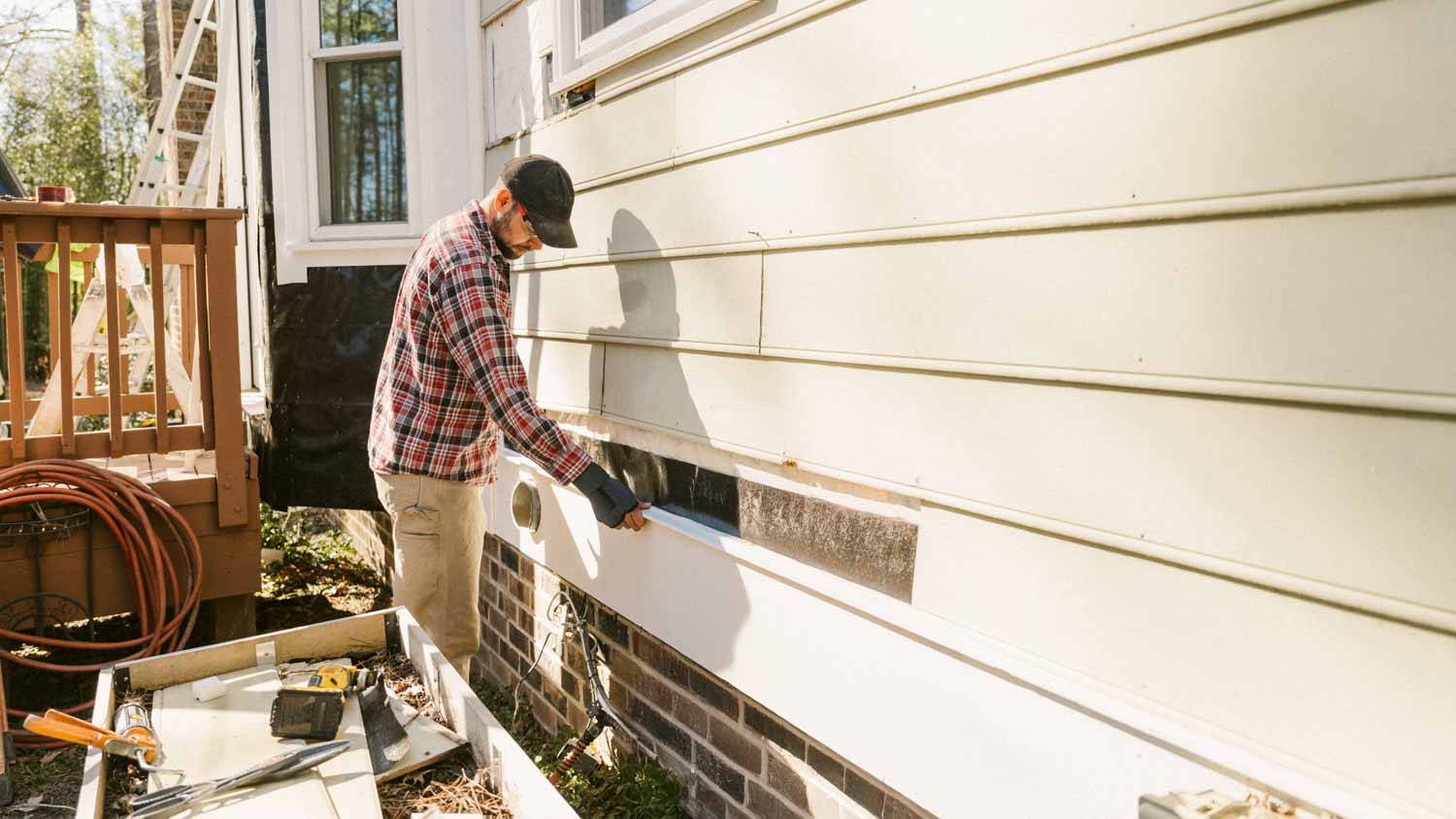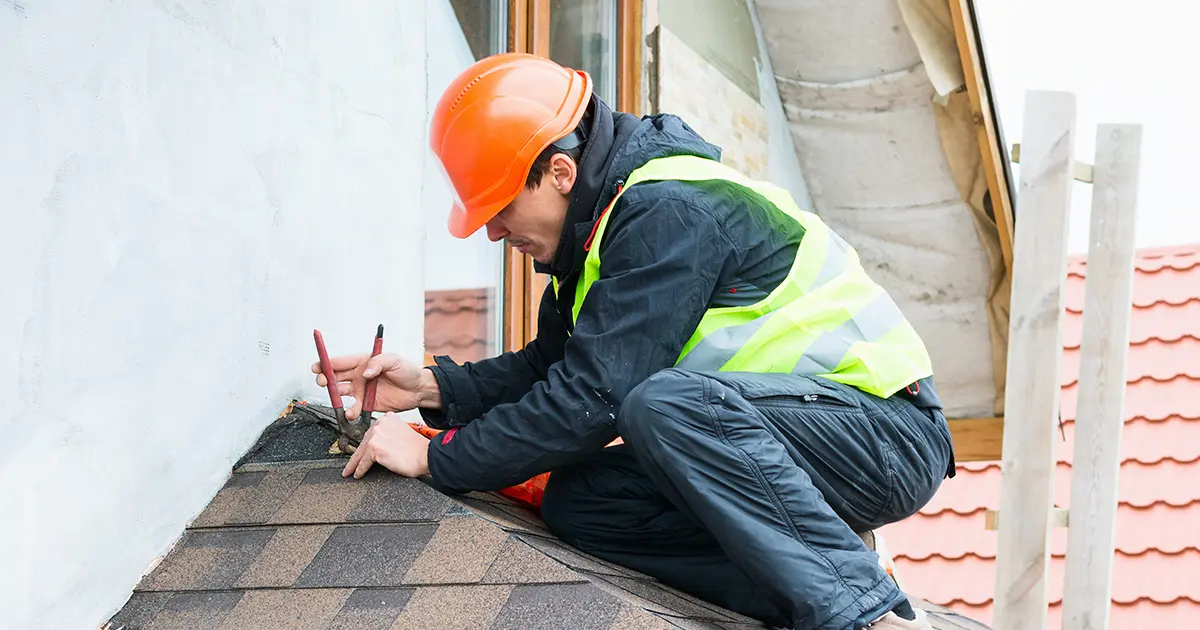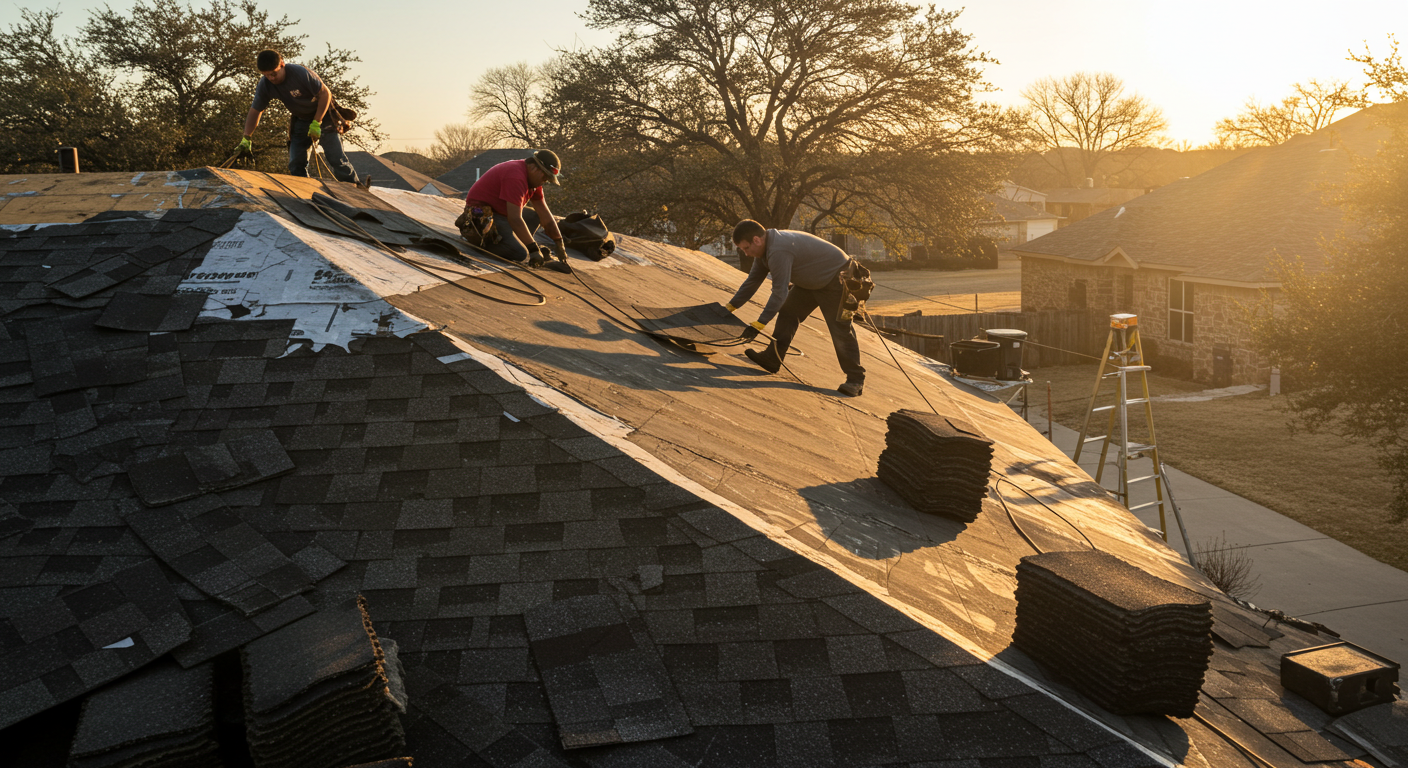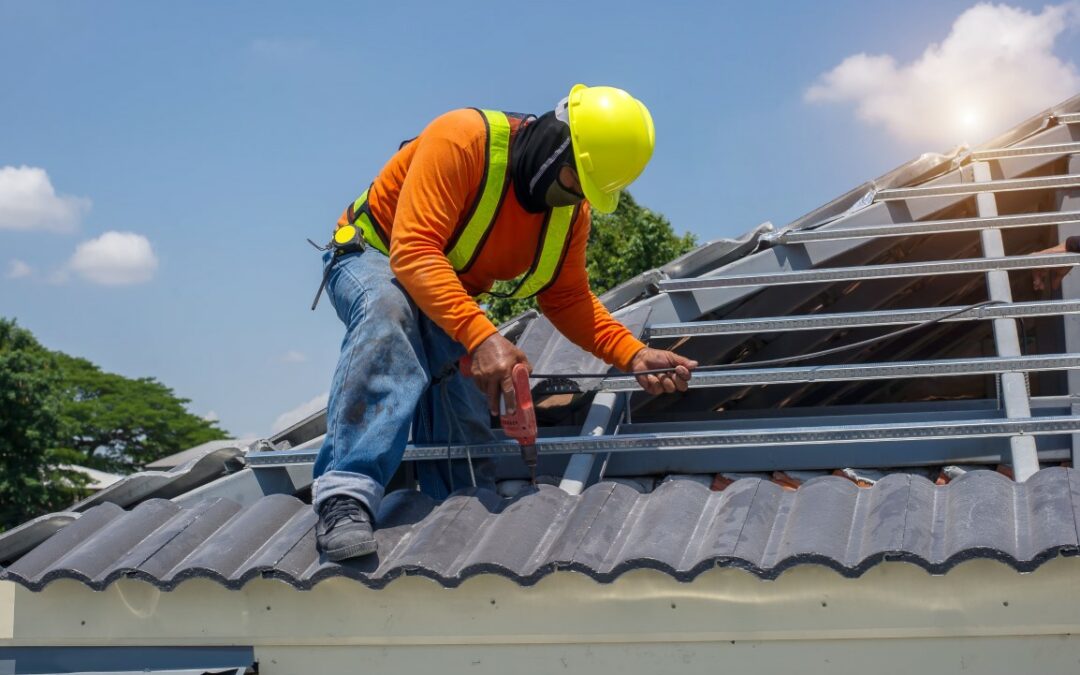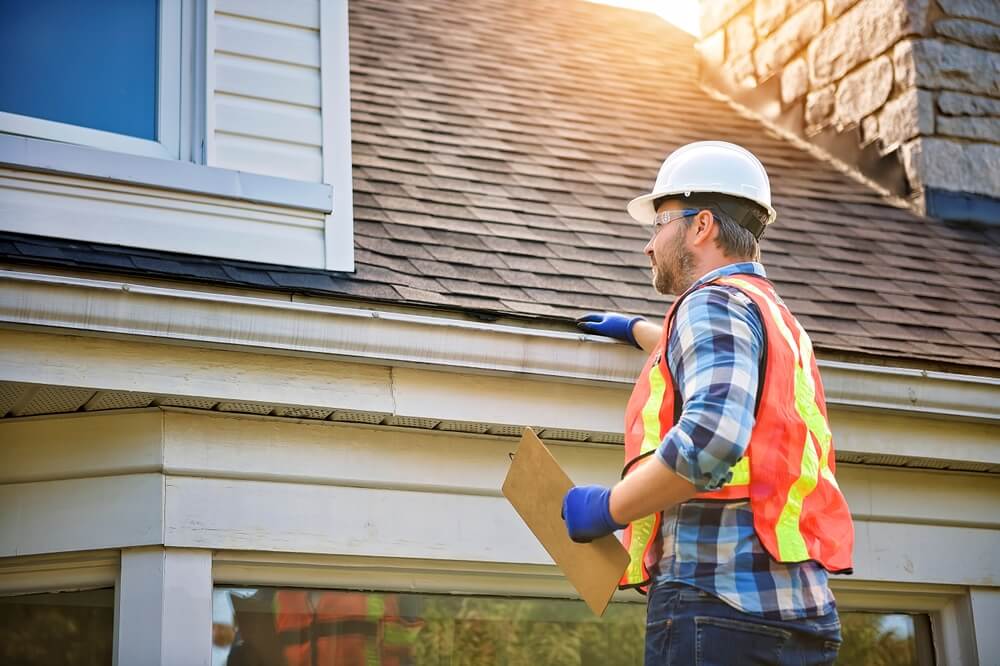Does a Roof Need to be Replaced?
Your roof is your home’s first line of defence against the elements. From harsh sun and heavy rain to strong winds and snow, it bears it all, day in and day out. But like every part of your home, it won’t last forever. One of the most frequently asked questions homeowners have is: “How often does a roof need to be replaced?” The answer isn’t as straightforward as you might think, it depends on the materials, workmanship, weather conditions, and maintenance.
In this blog, we’ll break down the factors that affect roof longevity, average replacement timelines by material, warning signs to look for, and how to extend your roof’s lifespan.
How Long Does a Roof Last? (By Roofing Material)
Different roofing materials have different lifespans. Here’s a breakdown of how long you can expect various types of roofs to last:
Asphalt Shingles
- Lifespan: 15 to 30 years
- The most common roofing material in the U.S., known for affordability and easy installation.
- Architectural shingles (also known as dimensional shingles) last longer than 3-tab shingles.
Metal Roofs
- Lifespan: 40 to 70 years
- Known for durability, fire resistance, and energy efficiency.
- Aluminium and steel roofs are common in residential settings, while copper and zinc offer longer lifespans but come at a premium.
Tile Roofs (Clay or Concrete)
- Lifespan: 50 to 100 years
- Tile roofs are heavy but offer excellent resistance to fire, wind, and insect damage.
- Regular underlayment checks are critical to maintaining performance.
Slate Roofs
- Lifespan: 75 to 200 years
- Slate is a premium natural material and one of the most durable roofing types available.
- Proper installation and structural support are key due to slate’s weight.
Wood Shingles or Shakes
- Lifespan: 20 to 40 years
- Aesthetic appeal with a rustic charm, but more susceptible to fire, insects, and moisture.
- Requires regular treatment and inspection for moss or rot.
Flat Roofs (TPO, EPDM, or Bitumen)
- Lifespan: 10 to 25 years
- Common for commercial buildings but used in modern residential architecture as well.
- Requires regular maintenance to avoid pooling water and leaks.
Factors That Affect Roof Lifespan
Even the best roofing materials won’t last if certain factors aren’t favorable. Here are some of the top influences:
1. Weather Conditions
- UV exposure: Harsh sunlight can dry out and crack shingles over time.
- Heavy rain and snow: Can cause leaks, pooling, and ice dams.
- High winds: May lift or dislodge shingles, exposing underlayment or decking.
2. Installation Quality
A roof is only as good as its installation. Poor workmanship can shorten a roof’s lifespan by up to 50%. Always hire a licensed, insured, and experienced contractor for roofing installations or roofing replacements.
3. Ventilation and Insulation
Proper attic ventilation helps prevent moisture buildup and regulates temperature extremes. Without it, your roof can deteriorate faster due to:
- Ice dams
- Mould and rot
- Warped decking
4. Roof Pitch and Design
Low-slope or flat roofs are more prone to water pooling, while steep-sloped roofs shed water quickly. Complex roof designs with valleys and dormers can also introduce weak points.
5. Maintenance Frequency
Routine inspections and timely repairs significantly extend your roof’s lifespan. Simple tasks like removing debris, clearing gutters, and fixing small leaks early can save you from full replacements.
Signs It’s Time to Replace Your Roof
Not sure if your roof is still in good shape? Keep an eye out for these red flags:
1. Shingle Damage
- Curling, cracking, or missing shingles
- Bald spots where granules have worn off
2. Leaks and Water Damage
- Water stains on ceilings or walls
- Active drips or moisture in the attic
- Mould growth due to trapped moisture
3. Sagging Roof Deck
- Indicates underlying structural damage or rotting timber
4. Moss or Algae Growth
- While some growth can be cleaned off, excessive moss traps moisture and damages shingles over time.
5. Age of Roof
- If your roof is nearing the end of its expected lifespan, even without visible damage, it’s wise to consider a replacement.
How to Extend the Life of Your Roof
Want to make the most of your current roof before investing in a replacement? Follow these best practices:
1. Schedule Regular Inspections
- At least once a year, ideally after harsh seasons
- After major storms, always check for damage
2. Clean Gutters and Downspouts
- Prevent water backup that can rot fascia or infiltrate roof edges
3. Trim Overhanging Branches
- Falling limbs can puncture shingles
- Leaves create moisture traps and add weight
4. Address Repairs Immediately
- Small leaks can turn into expensive structural issues if ignored
5. Recoat or Reseal (Flat Roofs)
- For flat or metal roofs, periodic resealing can extend the lifespan significantly
When Roof Repairs Are Enough (vs Full Replacement)
You don’t always need a brand-new roof at the first sign of trouble. Here’s when roof repairs are sufficient:
Situation | Recommended Action |
Minor leak or isolated damage | Repair |
Fewer than 25% of shingles are damaged | Repair |
Damage after a recent storm | Insurance-covered repair |
The roof is newer and under warranty | Repair |
Signs of general aging across the entire roof | Replacement |
Repeated issues or patchwork repairs | Replacement |
Cost Considerations of Roof Replacement
Roof replacement isn’t cheap, but it’s an investment in your home’s value and protection.
What Influences the Cost:
- Roof size (square footage)
- Pitch and accessibility
- Material selection
- Labour and disposal fees
- Structural repairs (if needed)
Average Cost Range in the U.S.
- Asphalt shingle replacement: $5,000 to $12,000
- Metal roof replacement: $10,000 to $25,000
- Tile or slate roof replacement: $15,000 to $40,000+
Always get multiple quotes and ensure your roofer offers warranties on both materials and workmanship.
Is Roof Replacement Covered by Insurance?
In many cases, yes, but with conditions.
- Covered: Storm, hail, wind, or fire damage
- Not Covered: Age-related wear and tear or lack of maintenance
Tip: Document all maintenance and inspections to support any future claims.
Conclusion
So, how often does a roof need to be replaced? The answer varies based on your roofing material, local climate, and how well you maintain it. While some materials may last over a century, others require attention every 15 to 25 years. Keeping an eye on early warning signs and conducting regular inspections can help you plan, avoid emergency repairs, and protect your biggest investment, your home.
FAQ: Roof Replacement Questions Homeowners Ask
How do I know if I need a roof repair or a full replacement?
If the damage is widespread or your roof is nearing its lifespan limit, replacement is the better long-term choice. If it’s minor and isolated, a repair might be enough.
Can I install new shingles over old ones?
Technically, yes (called a roof overlay), but it’s not always recommended. It can void warranties, add weight, and trap moisture.
How long does a roof replacement take?
Most residential roof replacements take 1 to 3 days, depending on size and weather.
Does a new roof increase home value?
Yes, especially if you’re selling soon. A new roof can boost resale value and improve energy efficiency.
Should I replace the gutters too?
If your gutters are old or damaged, it’s often cost-effective to replace them during the roofing project.



